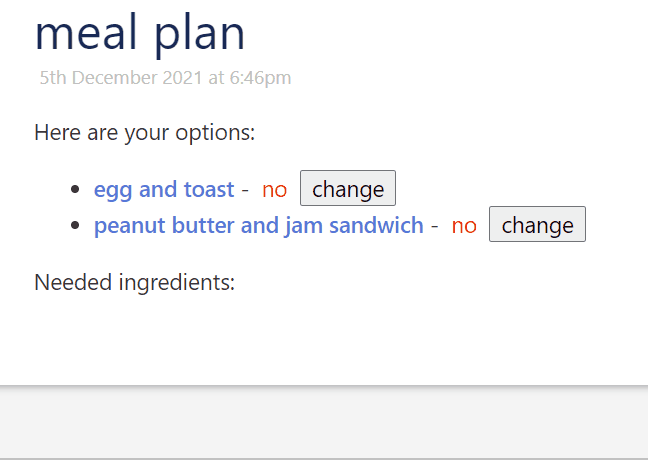Hello everyone,
New here, using TW since a year ago but only for simple notekeeping which didn’t use a lot of in deep knowledge with it.
I’m currently using the latest version available of TW (the v5.2.0 I think ?).
So here’s my problem. As an effort to manage a bit more my money and my time, I decided to invest in a batch cooking book which has proven great overtime.
My problem is that each week, I need to manually type the cooking list on my phone/computer.
I decided if I keep on doing it for a long time, I could as well simplify the process. I thought about using TW but I am at loss as how to do it.
What I would want ideally :
- To click on or in the tiddler “Week 1” for example and have an automatic generated list of all the ingredients I need to buy for this week
- At the same time, I wish I could check/uncheck which recipe I would want to in this week or not and have the adapted grocery list
- As an add-on, it would be great if I could check multiples ingredients and see recipe which contain them
The first thing (in my mind) doesn’t seem complicated as I can simply write the grocery list in “hard”.
But I can’t even begin to imagine how to “uncheck” a recipe of this week and “decrease” the grocery list accordingly.
As a very very very basic knowledge (minimal), it would be like for exemple creating a variable for “egg” which would contain “4” if all recipe are checked but if I uncheck recipe for the tuesday which contain an egg, the variable egg will be “3”.
And to do it for all ingredients / recipe.
Is someone here has an idea how to begin or to do something similar, I’m all ear !
Thank for your answers


